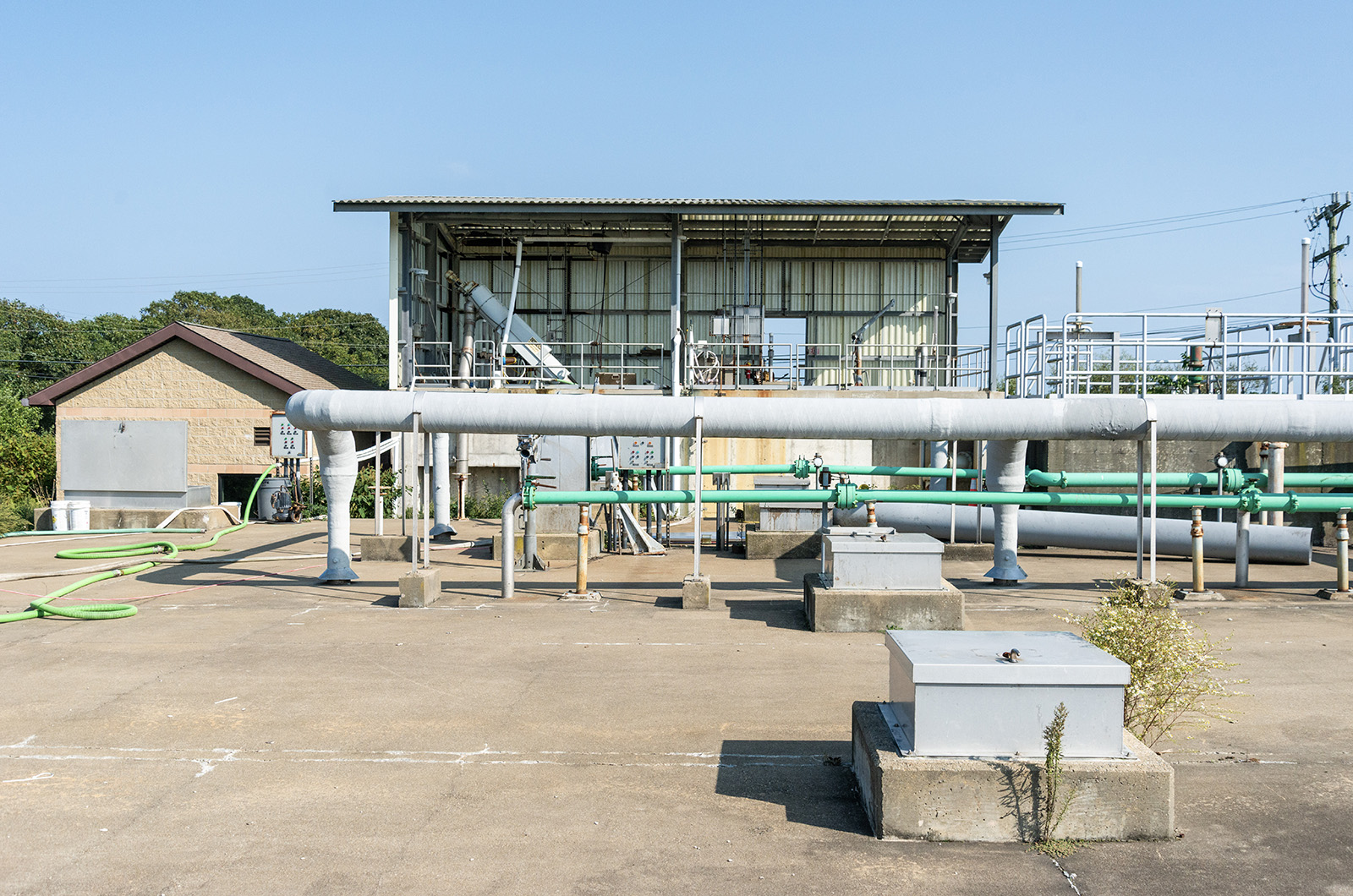Island towns are making strides in wastewater planning that could get more funding flowing to the Vineyard.
Each of the six towns have been working on long-range wastewater management plans in order to cut back the amount of nitrogen seeping into the Island’s waters. Oak Bluffs is leading the pack, getting its new 20-year comprehensive wastewater management plan approved by the state in December.
The down-Island town is also the first on the Vineyard to have its plan deemed equivalent to what’s known as a 208-plan, so-called for the section number in the federal Clean Water Act that urges watershed-wide strategies.
The approval is a big step for Oak Bluffs, allowing it to tap into several different funds and other programs as the town eyes multi-million projects, said Oak Bluffs select board member and wastewater commissioner Gail Barmakian.
“It’s not only new ground. We’re ahead of the game,” she said. “I credit our engineers and the commission. It’s not easy to get here, and our engineers have done a wonderful job.”
The new comprehensive wastewater management plan makes Oak Bluffs eligible to join the Cape Cod and Islands Water Protection Fund. The regional fund provides its member towns with money for projects related to water quality and wastewater infrastructure.
No Vineyard town has joined the fund, which is paid for by a 2.75 per cent excise tax on short-term rentals in member towns. Oak Bluffs now can decide whether or not to join.
Ms. Barmakian said the fund could offer up to 25 per cent of the funding for the town’s planned sewer expansion, subject to a vote by its members.
The town can also tap into a state revolving fund, which provides low interest rate loans for wastewater projects that help protect public health. Oak Bluffs has already been a part of the state revolving fund, which provides a two per cent interest rate.
The plan approval and designation as a 208 equivalency moves the town closer to getting a zero per cent interest rate from the fund.
Patrick Hickey, the Oak Bluffs wastewater treatment facilities manager, said that the next step towards getting the zero per cent interest rate would be implementing bylaws that dictate how much wastewater flow can come from a specific lot based on its size.
Mr. Hickey said that the main objective of the plan is to reduce nitrogen pollution to help restore impaired watersheds. While the majority of the management plan focuses on the $27.6 million expansion of the wastewater facility, other strategies are also considered.
For instance, Mr. Hickey said the town could widen the Farm Pond inlet to flush out nitrogen.
“The tide goes in, the tide goes out, takes water and nitrogen with it, too,” he said. “Nitrogen loading can be effectively removed that way without additional infrastructure.”
The comprehensive wastewater management plan was based in part on the expected development in town in the coming years.
“Part of it is looking at all of the buildable parcels in the town, whether they’re built on, vacant, and under current zoning, figuring out what the build out would be in the town,” Ms. Barmakian said. ”Whatever is in the watersheds, they contemplate if you build out under current zoning, how much nitrogen would get in and how would you prevent it.”
The other five Vineyard towns are also working to address wastewater through plans of their own.
Edgartown is awaiting state approval for its first comprehensive wastewater management plan. Bill Burke, the town’s wastewater facilities manager, said that the town decided to create the plan to access the state revolving fund.
The cost to deal with the rising nitrogen is expected to be high. When Edgartown unveiled the outline of its 20-year plan last year, the projects involved were estimated to be about $40 million altogether.
“If you want to borrow money, you’ve got to do it, so it’s something you would do if you had any brains,” Mr. Burke said. “It’s something you want to do anyway…You want to put these large plans together comprehensively so you can get it to the public so they know what you want to do.”
Tisbury is also working on its first comprehensive wastewater management plan. Ben Robinson, the chair of the town’s natural resource committee, said that the town has been working on the plan for several years and that the committee hopes to submit the plan this spring after bringing final recommendations to the select board. Like Oak Bluffs, Tisbury wants to get 208 equivalency approval to open access to more funding.
“The Island has recognized that nitrogen is a problem, the Cape even more so,” said Mr. Robinson. “There are lots of ways to learn to deal with the wastewater and it’s expensive, so if there’s a way to access funds, it’s a major benefit.”
The Martha’s Vineyard Commission is working with West Tisbury, Chilmark and Aquinnah to develop a 208-equivalency plan for the three towns. The commission is working with towns’ boards of health and conservation commissions to figure out the logistics of proposed solutions to restore the towns’ five pond habitats.
“We’re basically putting together five different puzzles each,” said Rachel Sorrentino, a watershed management consultant for the project. “It will be more than one solution.”
Because the up-Island towns are so rural, they are largely incapable of sewering, pushing them to seek alternative measures to deal with pollution.
Sheri Caseau, the MVC’s water resource planner, said the work needs to be done to help reverse the degradation of the Island's coastal waters that has been going on for years.
“We need to clean up the ponds,” she said. “They [the state] don’t want to do any more studies. We need to find remediation for the ponds and fix them.”







Comments (2)
Comments
Comment policy »